Planting crops yielded a 50-fold increase in production over hunting and gathering and transformed the way people live and interact.
Let’s say that you are looking at relocating, buying a retreat or bugging out to an area of operations. How will you tell if the land will be able meets your needs in terms of water of food production?
There are a few methods to find the answers that you need. So, if you are looking for a good place to relocate, and plan to survive on your own, read this article and take notes!
The first steps in this determination are to make a basic survey of the soil and water resources.
Your Soil
In our overspecialized, interdependent world, many people lack a direct connection to the production process in their jobs. Gardening is especially rewarding for these folks as provides very tangible results in the form of how plants respond to your care or neglect and how this affects the harvest. There is no better way to learn the law of the harvest.
Gardening is a process, not an event. If you have some heirloom seeds and tools socked away and plan to plow your lawn under and plant, you are probably not going to have much of a harvest the first couple of years. How many years of food storage do you have? If it’s less than several, you had better be working in your garden now if you plan to garden.
Soil must be tested and prepared and you will need to put in any infrastructure necessary to get water up out of the ground or cistern and to your plants, trees, livestock and self, and people need to progress along a learning curve to become effective gardeners.
Yes, you can till landscaping under and grow food. Many Cubans did just that to stave off starvation in the face of the trade embargo. They banded together, worked communal gardens and shared in the produce.
But it takes time. More precisely, it takes growing seasons, and the more of them you have under your belt, the more food you will produce for the effort you expend. It is also a whole lot easier to prepare the land you wish to garden and set aside supplies to be able to do it on a larger scale, now while you are not dealing with some sort of catastrophe.
In assessing soil, first you want to make sure that you have enough topsoil to work with. Topsoil is high in organic matter and nutrients and low in salts. Subsoil, which is typically below the topsoil layer, gets what gets washed out of the topsoil so it is low in organic matter and nutrients and high in salts, lime and clay, so it will burn tender roots and will not drain properly, causing root rot.
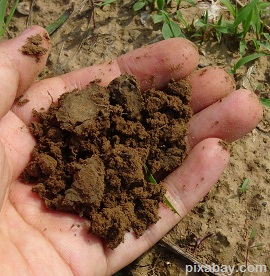
Home soil test kits have very poor accuracy on soil types in many areas, so do a little research before you go that route. A more detailed battery of tests like this costs $25-$30 per sample where I am at, so if your time is in any way valuable, it makes a ton of sense since it will save you a lot of time in the long run.
The soil sample you take to the lab, should be a composite of several sampling sites and include depths from the surface down to 12 inches. Failure to sample multiple depths and sites will affect the accuracy of the results, so this is not a good place to try to take a shortcut.
Also test your soil before fertilizing blindly. Check to see what soil tests at your university gardening extension test for since you may have to run additional tests to check nitrogen or micronutrient levels.
A soil test will tell you the levels of potassium (K), phosphorus (P), pH (how acidic or basic the soil is), salt and lime content and estimate your soil texture and should be done about every 5 years in my area because gardening depletes potassium and phosphorous in soil. Fertilizers can replace it, but can also raise salt levels cause problems with soil micronutrients, so it is best to diagnose before you prescribe.
Understanding your soil composition will help you select crop varieties suited to your soil since some strains are more tolerant to particular deficiencies than others. It is easier to stay vigilant for symptoms of nutrient deficiencies if you know which nutrients your soil is lacking.
Keep in mind, though that this type of soil testing will not tell you anything about the quality of your soil structure, drainage, too much shade on the property, or the presence of noxious weeds their seeds, pesticides or other chemicals in the soil. Soil testing also will not tell you anything about watering, weeding, seed selection, identifying and treating disease or other fundamental skills of gardening because these things must be learned.
Your Water
In most of the Western US, I would not buy land or plan to live to garden it unless I knew for a fact that it had adequate water. There are a few areas that receive enough rainfall annually to make “dry farming” possible, but the weather is becoming unpredictable and the vast majority of land needs some sort of water source in order to guarantee the ability to support life. The more water you have and the better your soil is, the less land you need support a human being.
In assessing water access, first research your property’s water rights and water laws affecting the property’s jurisdiction. As ludicrous as it may sound, you may have water sources that are illegal for you to use or develop. These may include areas classified as wetlands, limits on or the outright prohibition of the collection of rainwater from your own roof or on your property.
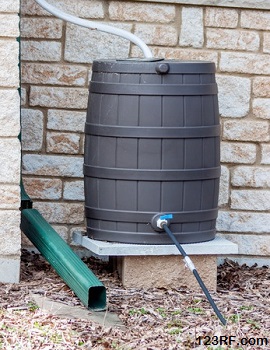
Conversely, your property may come with water rights that entitle you to a water share.
If your property or a prospective property has water supplied by a city or county, learn about how that water is supplied. I went to some length to find a municipality with end-to-end gravity-fed water.
Even with no electricity, there is a good chance that the water provided to will continue flowing. It also has its own renewable energy power plant and an electrical system designed to be severed from the grid, and many other attributes that make it a veritable “Jericho.”
You might expend a lot of energy searching for features like these and not find them, but it is best to be aware of them so you will know when you find the property you are looking for.
Well water puts you in control of your own water supply, but if your property does not already have a well, installing one may be anywhere from straightforward, to a wild goose chase that costs a small fortune. If it has a well, test the water quality and flow, check the capacity of your storage tanks and make preparations to keep the water flowing with or without electricity.
Springs can sometimes be developed. In the best case, they will produce plenty of drinkable water, will be located higher than your dwellings and suitable for supporting a micro-hydro generator.
If so, you may have won the survival retreat lottery since you may be able to supply enough electrical energy to power multiple homes 24-hours a day in addition to all the spring water you can use.
Water catchments can be installed on rooftops. The most useful ones are free of chemical toxins, but most roofs are not unless they were designed specifically for the purpose. This is definitely something to take into consideration if you build.
Streams, rivers, ponds and lakes can also provide water, but are more likely to be contaminated by fecal matter and other contaminants which may affect the water’s potability and suitability for use in gardening. Water contaminated by human waste is usually not fit for either due to chemical contamination from pharmaceuticals which are very difficult to remove short of distillation.
This article has been written by Cache Valley Prepper for Survivopedia.


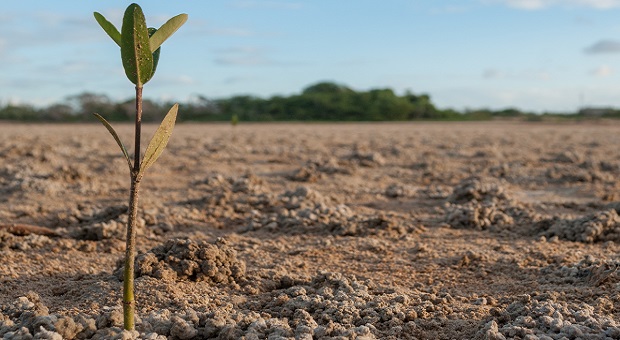

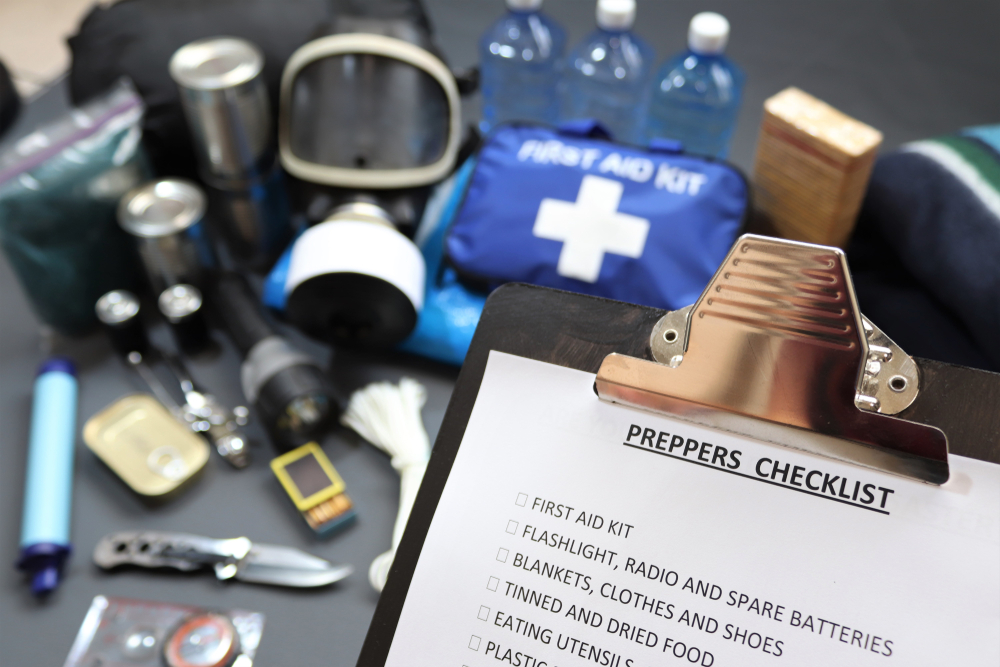
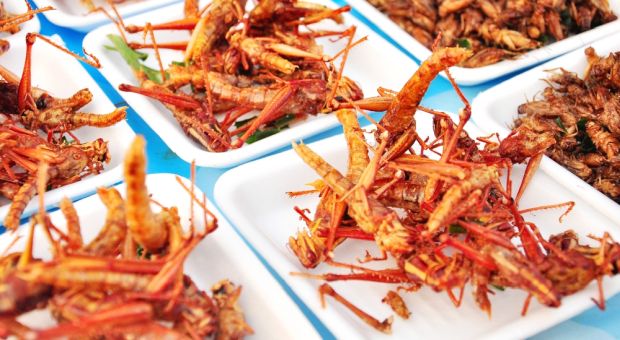
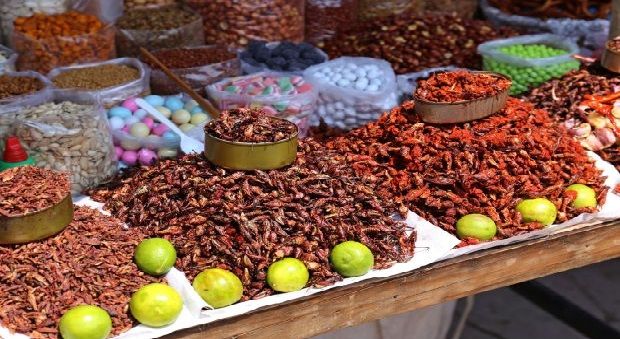



Leroy wikander | September 10, 2015
|
Enjoyed the article on the soil
Cache Valley Prepper | September 18, 2015
|
Thank you for reading!
Ross | September 10, 2015
|
With regards to procuring backup or alternative water supplies. ‘Dew Ponds’ have been used in the UK during drought effected times with varying degrees of success.
For any of you who may be interested in investigating the Dew Pond option. Try googling Dew Ponds there’s a surprising amount of info, references, relating to
construction techniques, collection theories, and associated drawbacks, with Dew Ponds.
The open pond method seems to be the more commonly used pond type used by farmers in the UK. For a more permanent home collection system checkout the Russell Dew Pond
which claims a yield of 124,000 gls yearly, or 120 gls per day, over summer. Apparently this amount of water is obtainable through the collection of condensation from a tin roofed 30 sq ft
concrete tank !?. Also amongst other options for collection systems are PVC pipes.
Candace pailer | September 10, 2015
|
Hi Cache Valley Prepper, I have a 200 foot well down to the aquafer spring water. But should agent a hand pump which will cost 3 thousand 600 hundred dollars. I can run it on generator but may not have electric. What is your advice. Ps I am on a budget thanks Candysue
Candace pailer | September 10, 2015
|
Please respond Candysue
Pingback:Relocating: How To Test Land For Crops & Water | TheSurvivalPlaceBlog | September 11, 2015
|
Pingback:5 Small Power Sources To Choose For Your Electronics - Survival By Preparedness | December 8, 2015
|